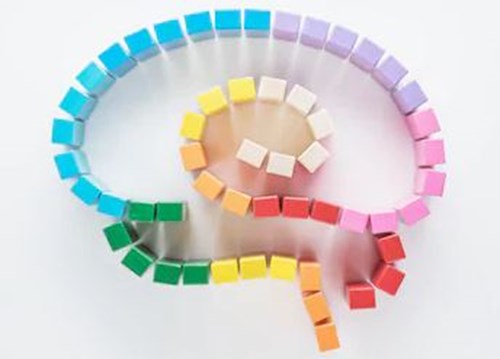1/15/2020 6:24:52 PM
Our vibrant world is filled with colors, and they may affect you more than you realize. They can change your mood and your behavior, maybe even your diet and who you find attractive. Before you redecorate, get dressed, or serve your next meal, it might be good to keep that in mind. The list below provides some insight into color and how it affects your well-being.
Your Memory - Colors can affect what you remember. If there’s lots of red around, you’re more likely to recall negative words. Green, on the other hand, tends to make you hold on to positive ones.
Your Relationships - We all want the people around us to be happy, and painting the walls of your home pink, green, or white may help you tune into those feelings.
Your Internal Clock - Scientists have found that bright blue light may help reset your circadian rhythm if it gets out of whack. Studies show blue has the biggest positive effect on the physical, mental, and behavioral patterns you go through every 24 hours.
Your Emotions -The color green seems to make positive emotions stronger and negative emotions weaker. White and pink may have similar effects, but researchers are still studying those.
When You See Red - Your reactions may get faster and stronger when you see it, because your brain sees it as a sign of danger. That’s why your body prepares to defend or attack.
Your Creativity - The color green can help get the creative juices flowing. Scientists compared it with white, gray, red, and blue, and green helped people do better with both word-based and picture-based activities.
Your Energy Level - You may be happier and less tired after you exercise around the color green. And having more “green space” where you live tends to boost your mental health.
Your Appetite - The color of your plate can affect how much you eat. The key is contrast: The more different the color of the plate from the color of the food that’s on it, the less you’ll serve yourself.
Picky Eaters - Children seem to eat more if there are different colors on their plates. One way to try to get your kid to eat more fruits and vegetables might be to come up with some vivid color combos.
Migraine Relief - If you have migraine, you may find you want to avoid light. Different colors, or “wavelengths,” of light -- blue, amber, red -- all seem to make migraines worse. All except green, that is, which actually seems to help.
Information provided by WebMD
____________________________________________________________________________________________________________________________
If you have an idea for Wellness Wednesday, please email us at Elements@nfta.com
